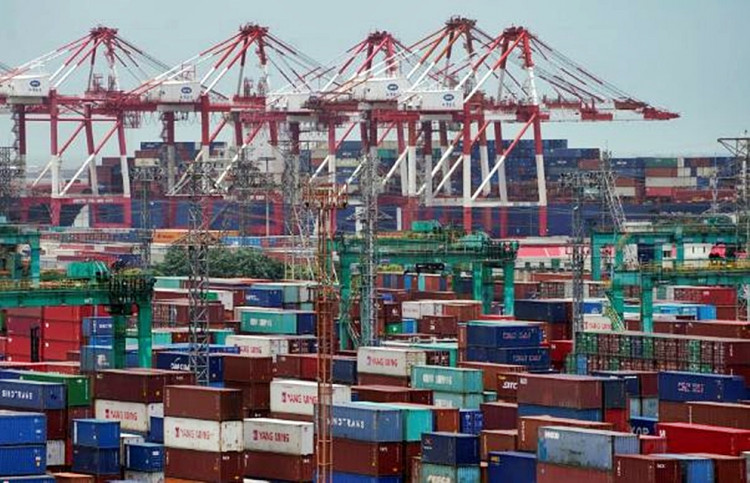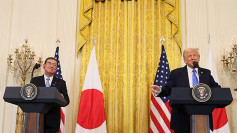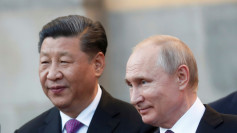For 2018, China's trade surplus with the United States soared to a record high of $323 billion, the highest in more than a decade, reported the General Administration of Customs (GAC). This figure represents a 17 percent increase from 2017 and is the largest since records began in 2006.
China's exports to the U.S. rose 11.3 percent year-on-year while imports from the U.S. to China rose a scant 0.7 percent in 2018. On a monthly basis, China's annual trade surplus with the United States reached the highest level on record in December, marching upwards to $57.06 billion, the largest since December 2015.
Surprisingly, total bilateral trade rose by 5.7% compared to the levels seen in 2017 despite Trump's trade war with China that began in July, said GAC.
Analysts expected the December surplus to increase to only $51.5 billion after rising to $44.71 billion in November. As in November, front-loading of China's exports to the U.S. explained the hefty number.
On the other hand, China's monthly trade surplus with the U.S. fell to $29.87 billion compared to $35.54 billion in November. Imports from the United States grew by 0.7% year-on-year, far outpaced by an 11.3% increase in the value of exports to the U.S.
Good news for the U.S.: the value of China's imports and exports fell by the largest value since 2016 in the 12 months to December.
Analysts said the declines reflect the reversal of a front-loading in orders before higher import tariffs were introduced in China and the U.S. earlier in the year.
In 2018, China's trade surplus with the world fell to the lowest level since 2013. The value of Chinese imports and exports was the lowest for the year in December, adding to evidence that all is not well in China today.
The value of exports plunged 7.6% year-on-year in U.S. dollar terms, coming in well below the median economist forecast for an increase of 5%. Exports fell by 4.4% in U.S. dollar terms from December 2017.
China's year-on-year drop in imports and exports was the largest since the second half of 2016. The drop mostly reflects the reversal of front-loading of trade orders before increased trade tariffs were implemented by both the U.S. and China earlier in 2018.
Compared to 2017, China's trade surplus with the world (including the U.S.) fell to $351.8 billion, the smallest since 2013. The value of imports rose by 15.8% in U.S. dollar-denominated terms, faster than the 9.9% rise in exports.
China's domestic market is showing signs of a slowdown, a source of concern for its trading partners. China's overall economic growth slowed further in the fourth quarter and remains under pressure from weaker exports, slow credit growth and cooling real estate activity, observed Louis Kuijs, head of Asia economics at Oxford Economics.






